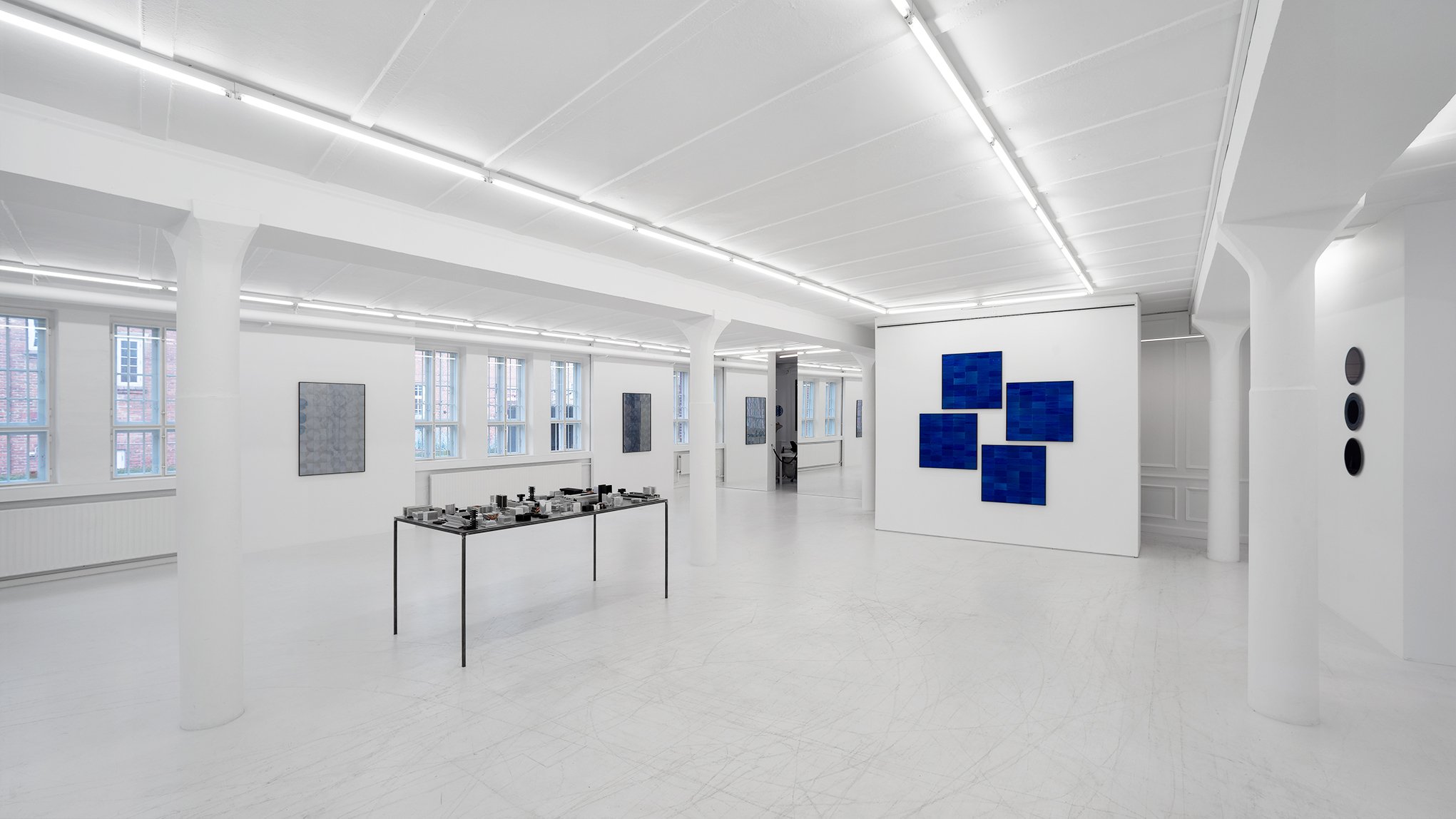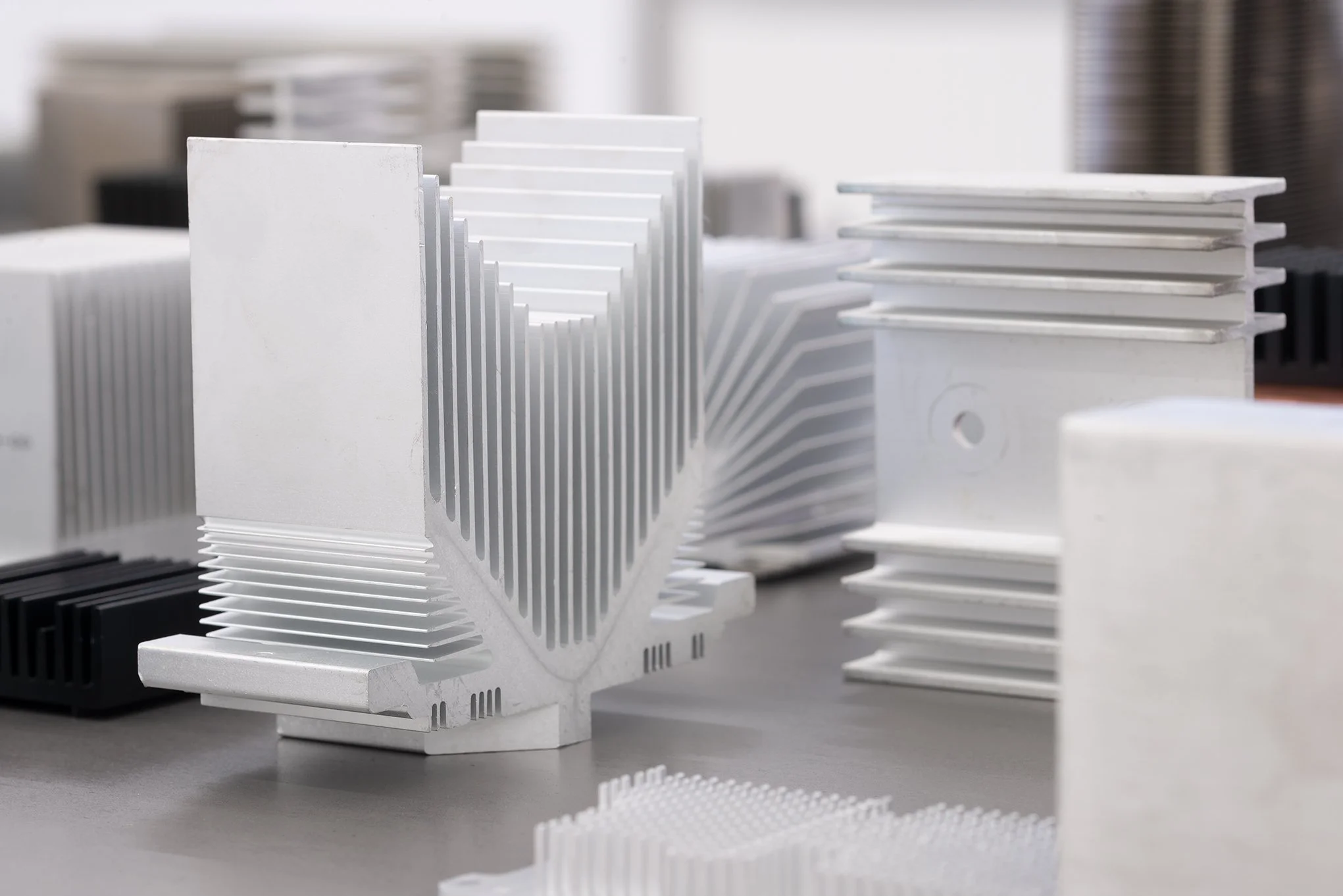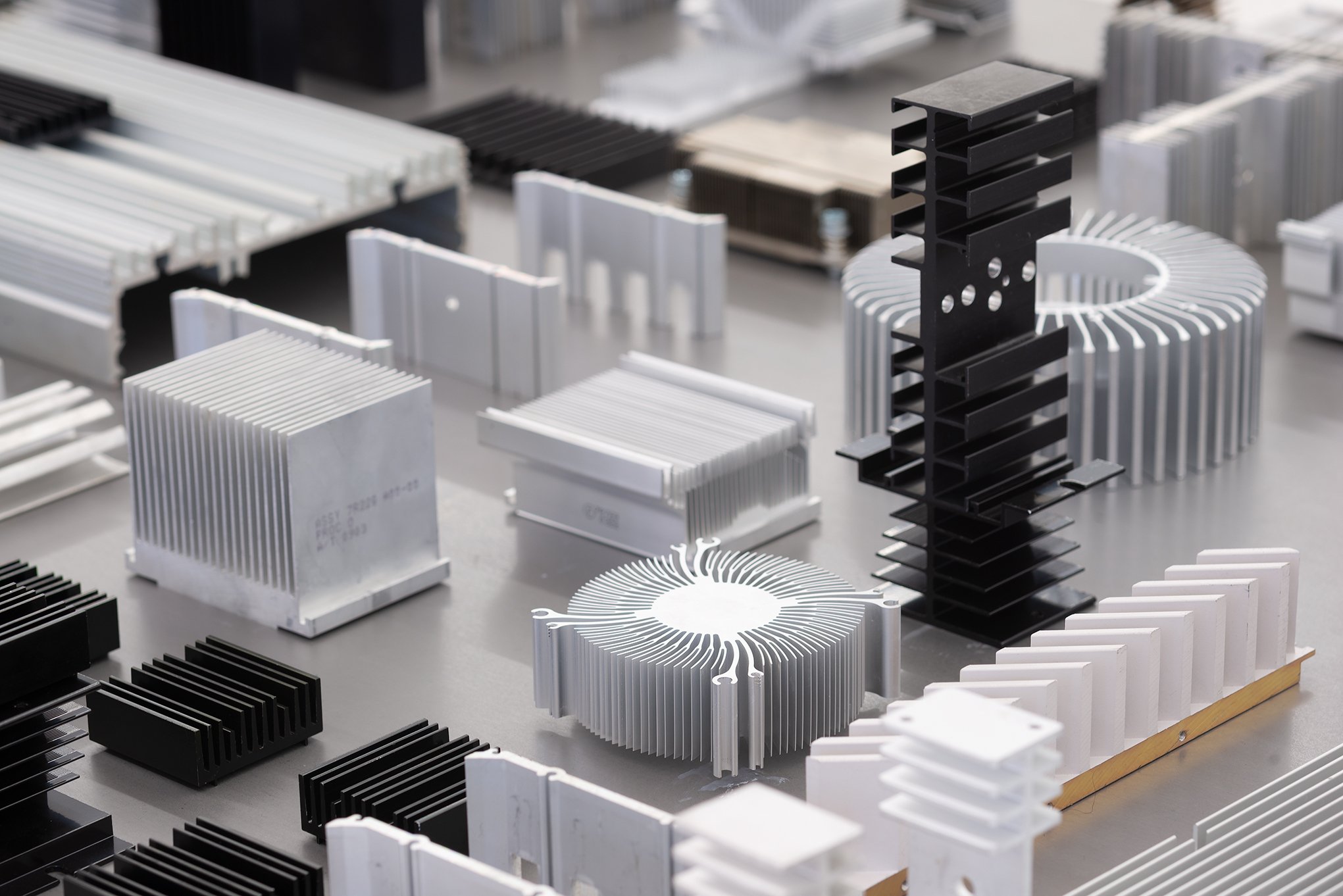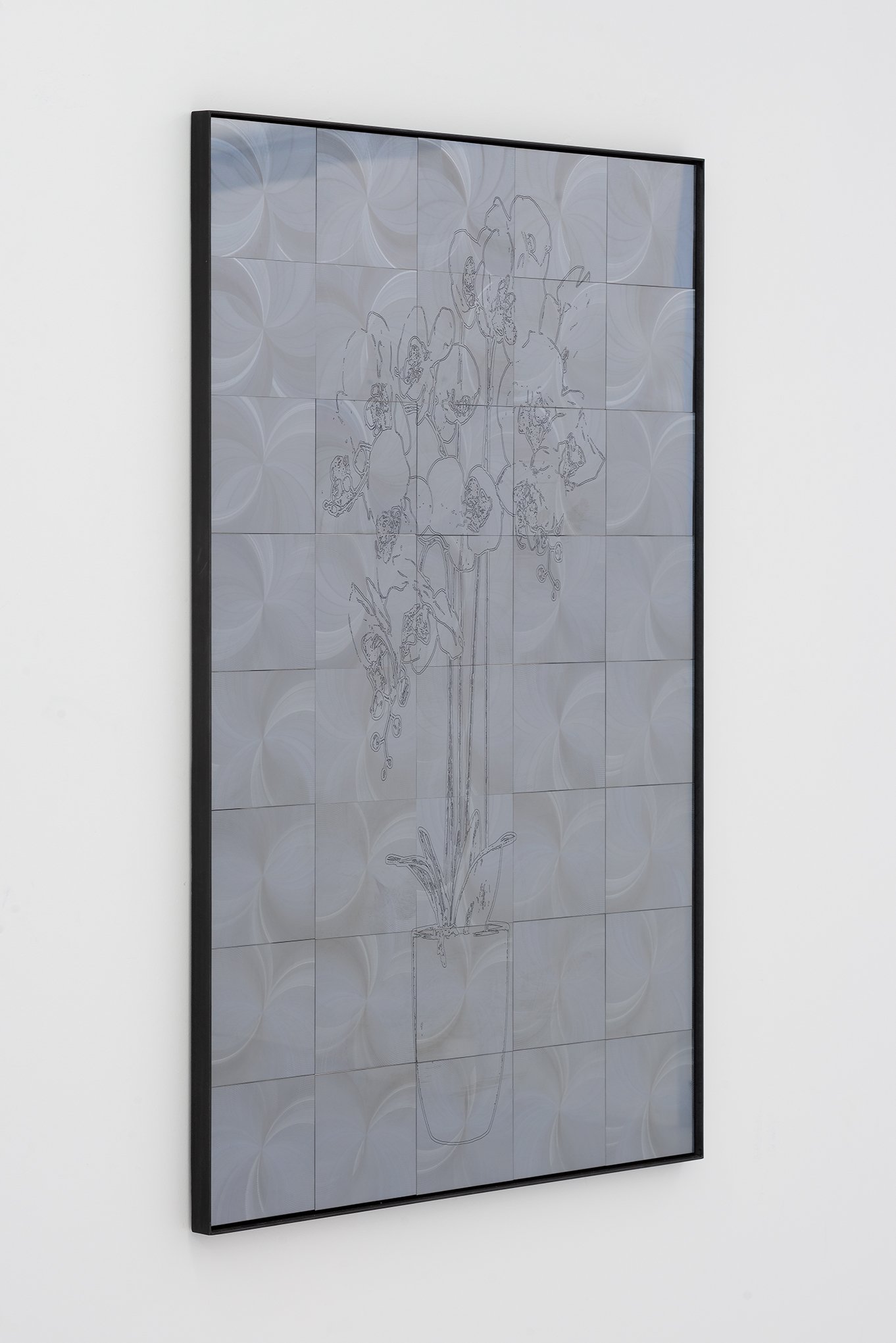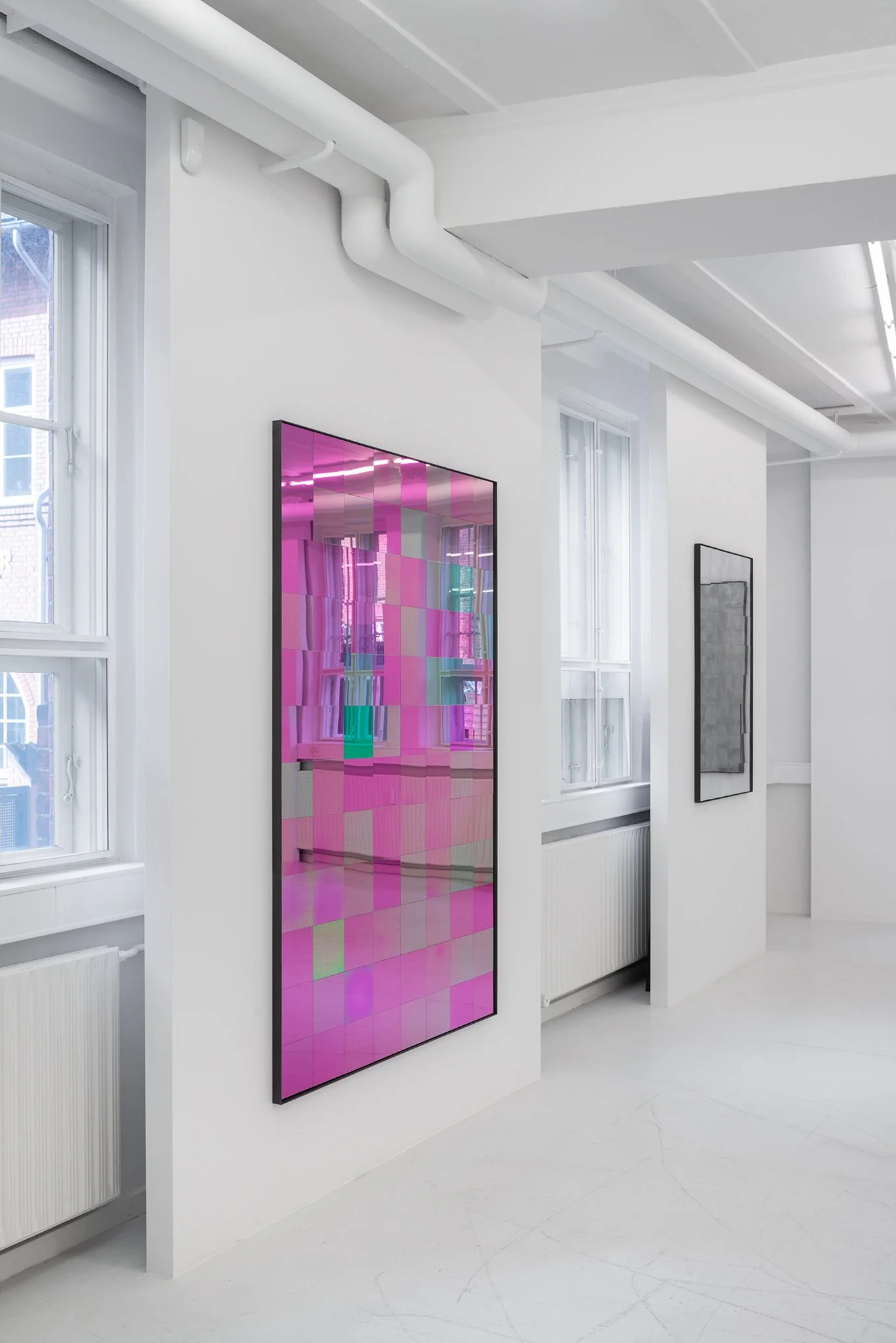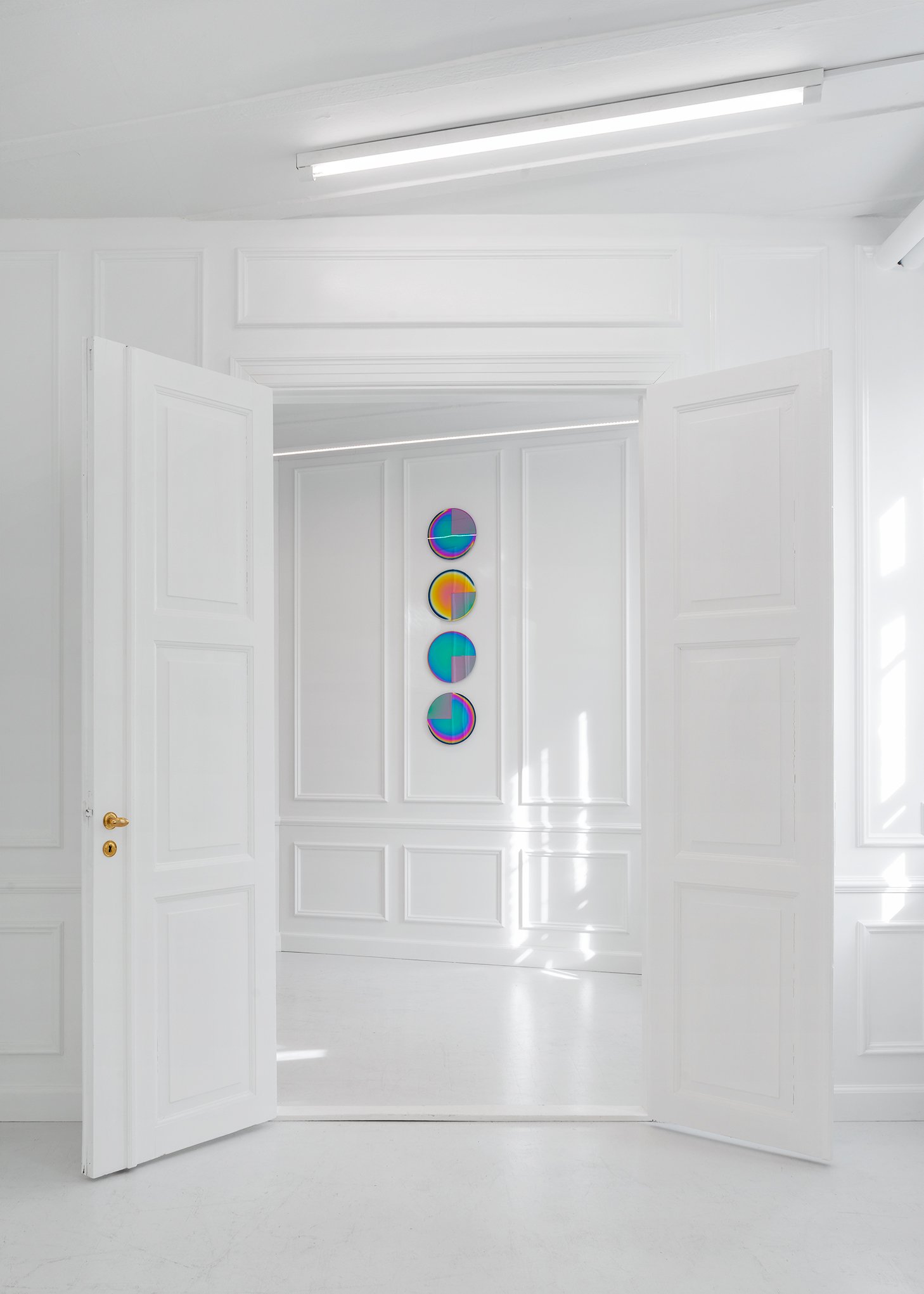Kristian Kragelund
A Terminal Posture
19 September - 17 October 2020
Bjorn & Gundorph Gallery is pleased to present A Terminal Posture by Danish-born, London-based artist Kristian Kragelund. The solo exhibition marks the first with the gallery and comprises several new bodies of work that continue the artist’s interrogation of technology through the formal legacy of Minimalism.
Kragelund explores the potential of industrial debris as ambivalent artifacts of human history in a time of rapid technological change. An “artifact” is commonly defined as a historical object created by a human(oid) that provides information about the given time in which the object was created. Popularly employed by social sciences such as anthropology and ethnology, the term is noticeably vague in its definition: from a tool to a totem, it could be anything created by humans that gives information about the culture of its creator and users.
In more recent times, the term “artifact” has been introduced to describe a tangible by-product, or error, occurring as the result of the computation of data. The most common of these artifacts is a so-called “compression artifact,” a noticeable distortion of media (including images, audio, and video) caused by the application of lossy compression. These artifacts appear as spurious signals: visually, they appear as bands or ‘ghosts' near edges; audibly, they appear as sonic “echos.” In both cases, artifacts are carriers of complex information that has become partially or fully indecipherable– partially lost to history, unintelligible to human comprehension. But to which extent do data artifacts qualify as carriers of societal knowledge when their deteriorated language – broken data – goes beyond human semantics? What is the status of these new artifacts, as objects and as relics of their time – what “information” do they hold, as material or as objects in their own right?
In A Terminal Posture, Kragelund re-purposes a range of artifacts sourced from the data and energy industry into formal elements of artworks. A range of discarded full-size silicone discs (Untitled_Artefact_x, 2020), appropriated as rejects directly from a production site in Silicon Valley, CA., is installed throughout the gallery, their glitches particularly noticeable in the spectral color patterns. A new body of wall-based work (Untitled_Orchids 1-5, 2020) presents similar laser-cut silicon wafers – also known as semiconductors – sourced from a research facility in the US specializing in the development of automated control systems and artificial intelligence (AI) for the military-industrial complex. Fitted within frames, these disused semiconductors can be considered as failed or burned out nervous systems of super-computers, once imprinted with data but now reduced to dysfunctional silicone relics: in other words, high-tech waste. Kragelund relates the unknowability of these former processes to his own prosopagnosia (“face-blindness”) through the printed figure of an orchid, whose large genetic variety of colors and patterns makes it ideal for training face recognition to AI.
Elsewhere, anodized solar cells are arranged to an off-set grid-like pattern in hues of technological blues (Untitled_CellF1, 2020), while reclaimed heat sinks from the computer CPUs are arranged on a horizontal plane resembling a model of a cityscape (Algopolis, 2020). CPUs are post-human design objects shaped by algorithms to maximize surface areas so as to expel heat from computers; however, their formal resemblance to modernist architectural schemes suggests a deeper linkage between human and machine thinking around design, efficiency, and spatial administration.
The title of the exhibition is adapted from a particular short chapter in J.G. Ballard’s seminal novel The Atrocity Exhibition (1970), in which the boundaries of the mechanic and the human, the building, and the body, poetically dissolve into impermanent placeholders and metaphors for one another.
A Terminal Posture.
Lying on the worn concrete of the gunnery aisles, he assumed the postures of the film actress,
assuaging his past dreams and anxieties in the dune-like fragments of her body.
- J.G. Ballard / The Atrocity Exhibition
Through these various formal propositions, Kragelund offers a subtle critique and reading of the contemporary technological moment as it relates to creation and cognition – by humans and machines alike. By employing aesthetics in this process, he evokes its long critical tradition of grabbling with the most abstract of concepts: representation, information, memory, nature, time. His methodology suggests that while technology may already have exceeded or imploded many of these notions from within (often far beyond human comprehension), art still offers analogies – metaphors – to critically approach them, as entry points into deeper philosophical and political speculation.
By Jeppe Ugelvig, 2020




